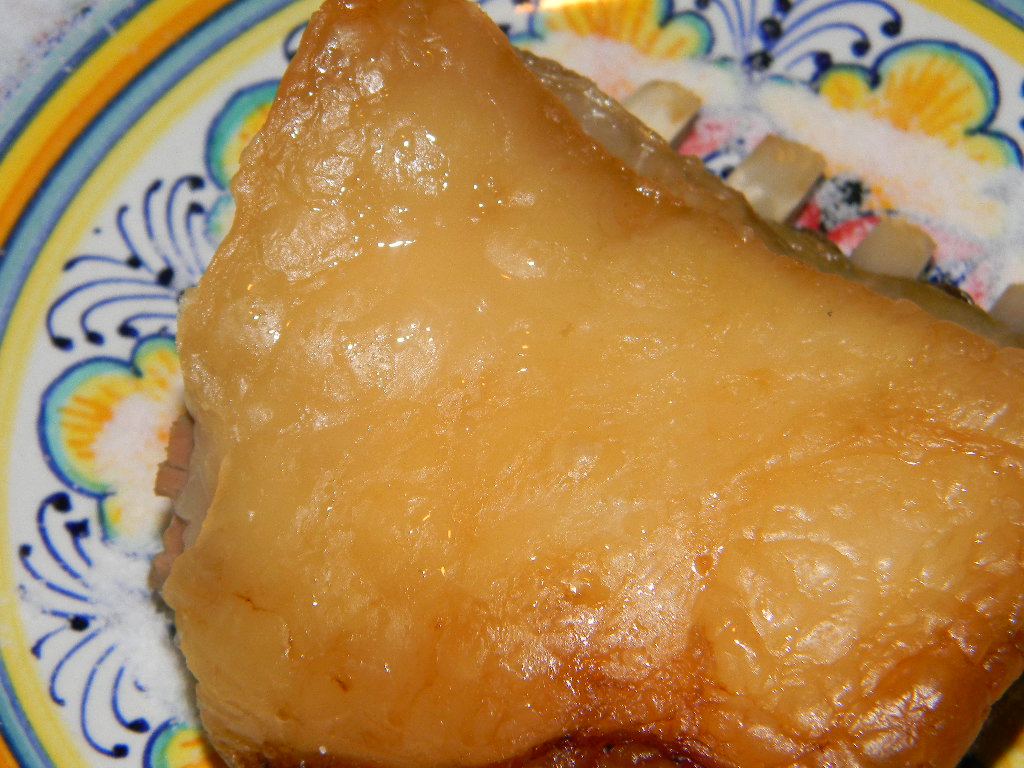Zero Carb Keto: Iodine
I have been noticing a little dry, flaky patch of skin on my upper eyelid lately. I thought maybe it was because I was a little low in vitamin A. I normally get that from lamb liver, but my last two lamb whole shares failed to include the organ meats!
So I purchased some beef liver (which is still very good, just needs the skin and membranes cut off) and have been enjoying that. I thought my problem would be solved!
However, now I am wondering if I missing one more key nutrient, which is not shown in my nutrition tracker. Iodine!
Low iodine intake can cause hypothyroidism, which can include dry skin. I did have my TSH tested recently and it was perfectly normal, however my T3 was low. So it could be that I need more nutritional iodine!
I was curious about where to get iodine from natural sources. I use sea salt, but apparently that is rather low in it, at best. The US nutrition authorities tell us to use iodized salt (but I do not like the taste of it!), other items where the iodine is artificially added (such as grain products).
Also, it can be found in eggs, but only because the hens are supplemented with kelp or iodine supplements. And eggs are very high in omega 6 fatty acids and cause inflammation for me in the form of high triglycerides, so I avoid them.
They also say that iodine can be found in dairy products, but that is only because the udders are wiped down with iodine, not because it naturally occurs in the milk. And dairy is definitely inflammatory for me, causing gut discomfort and aggravation of my keratosis pilaris (bumpy skin).
It used to be that our soils contained iodine, so we could get it through eating the meat of animals feeding on the grasses. But the soils are too depleted now.
So that only leaves fish, shellfish, and sea vegetables as actually inherent sources of iodine. While I really enjoy fish and shellfish, I have a few issues with them.
For one, the oceans (all around the world) now contain huge amounts of plastics and pollution. I have been watching some documentaries on this problem, and it is really shocking. I watched "Plastic Paradise" with Angela Sun, and it was exteremely eye-opening. Last night I started watching "Inside the Garbage of the World" and it is very informative and distressing.
These movies show that fish end up eating a huge amount of plastic, and some of them actually die from it. Even smaller fish end up eating little tiny beads of plastic that are all throughout the world's oceans. It is very disheartening!!
[As an aside, I have made many changes in my own daily habits to avoid the use of plastics, such as choosing products that come in recyclable containers, or are biodegradable, or reusable (such as cloth menstrual pads).]
I also do not like that when I buy fish, I am not buying from the producer, as I am with my meats. I do not know the producer, nor the vendor, nor the seller. I am not able to see the conditions where it is living, like I do with my meats. I do not like having all those unknowns in my foods!
The only other option for naturally occurring iodine is sea vegetables, such as kelp, dulse, nori, etc. Again, I would not know the producer, vendor, seller, or conditions, and could not be sure of the effect on my gut either.
I will keep looking for local alternatives, but in the meantime, I will pick up some mackerel at the Asian grocery store!
Fish and shellfish that are high in iodine are mackerel (and Atlantic mackerel is just about in a ketogenic ratio naturally!), cod, haddock, whiting, plaice, mullet, tuna, sole, lobster, shrimp, crawfish, clams, and mussels. I found this information in the French, Italian, and Slovak nutrition databases, because the USA nutrition database does not include iodine.
 |
Grassfed lamb chops with sea salt
|


Comments
Post a Comment